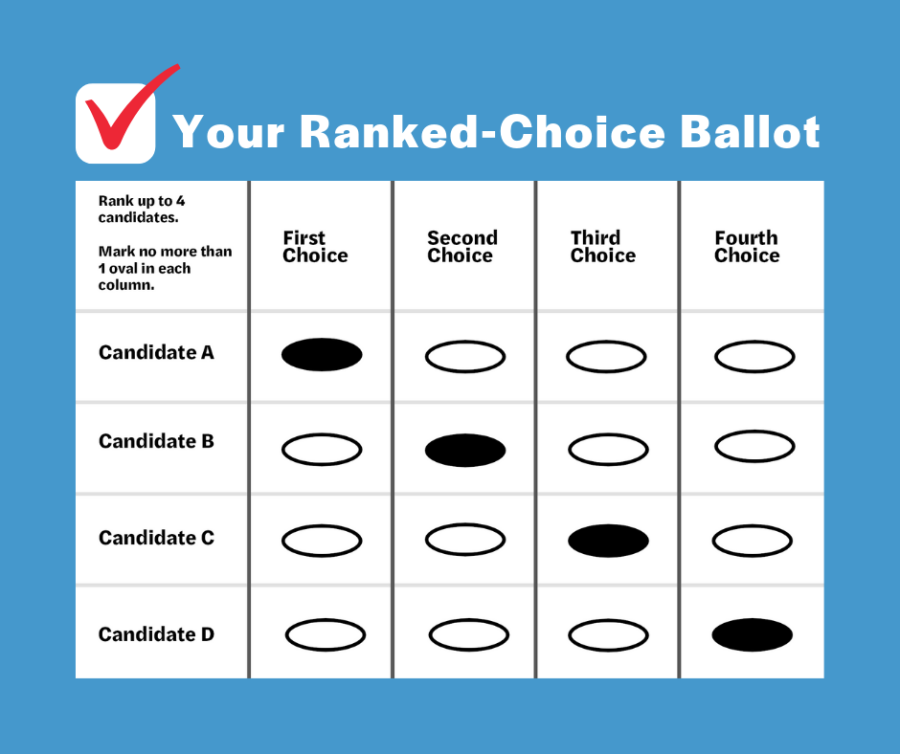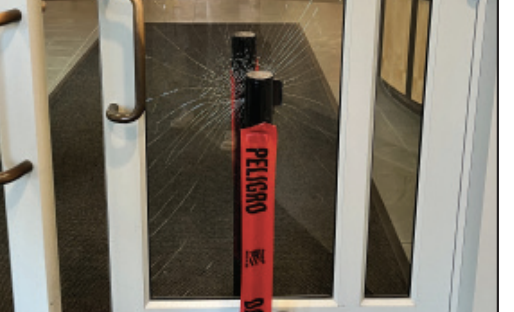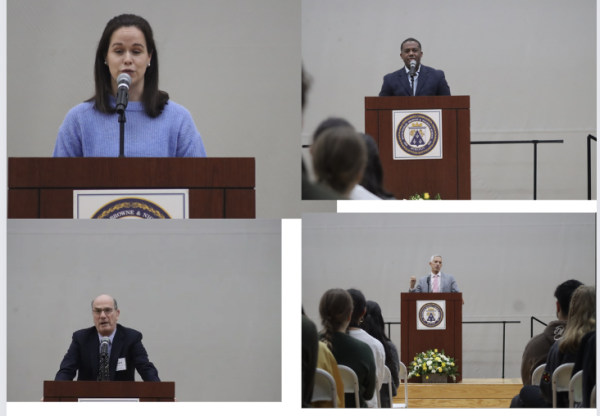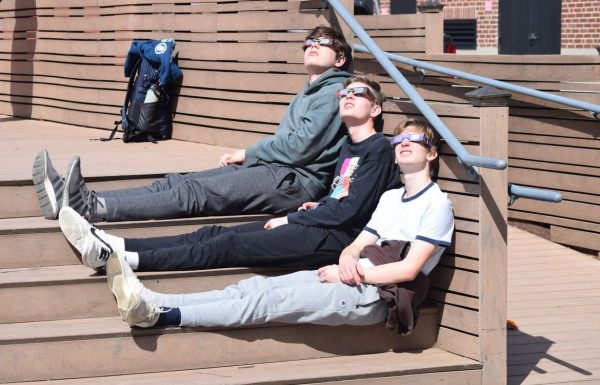Ranked-choice voting bill becomes reality
Student Council pushes legislation to climb the ranks to implementation
May 6, 2022
The Upper School (US) implemented ranked-choice voting this spring, a new system of voting for all student-government elections. In the past, student-government elections have been decided with students voting for one candidate.
Rather than only voting once for a single candidate, “voters in a ranked-choice system select a set number of candidates in order of preference,” according to the New York Times.
The new voting system makes sure that the winning candidate is favored by the whole grade instead of having the most votes, Junior Class Dean and English Teacher Beth McNamara said.
Ms. McNamara said she believes the use of ranked-choice voting will create a better student government, as the candidates with the most overall support from all tiers of the vote will receive positions.
“Ranked-choice voting prevents kids from having to decide between all the candidates for their one vote as they now order all candidates on their ballot,” she said. “It makes more people have support for the ultimate winner, and I would say that it makes voting a more thoughtful process.”
During the 2020-21 school year, senior class representatives Sam Bernstein and Jayden Personatt (both ’21) worked together to introduce the proposal to instate ranked-choice voting. This fall, Sophomore Class President Bradford Kimball ’24 took charge of the ranked-choice-voting committee to continue pushing to pass the proposal. Though the proposal didn’t pass during the 2020- 21 school year, the idea of introducing ranked-choice voting remained in the minds of many student council members, Bradford said.
“I had been thinking about proposing the idea of ranked-choice voting when it was my turn to propose a bill to student council, but Sam beat me to it. This ignited the process of introducing ranked-choice voting into our school’s voting system,” he said.
In addition to Bradford, this committee included student council representatives Danielle Brennan ’23 and Leo Wang ’24. The committee was committed to passing the proposal this school year and worked hard to put it into action as soon as possible, Bradford said.
“I took the lead on bringing it back, rewriting the proposal, and making sure this is something that we actually got done,” he said. “The board was working a lot in the weeks before March break to make sure that the proposal was passed quickly so that the co-president election could go ahead with using the new system.”
Student Council Faculty Advisor Peggy Payne saw this proposal as an important change to the school’s voting system, she said. Ms. Payne said she found the previous method of voting illogical and unfair to the other candidates. Years earlier when Ms. Payne was overseeing the elections, a student won the position of class president with only 19 votes, she said.
“That makes no sense! The winner of that year’s class won class president because that was the highest number of first place votes,” she said. “Ranked-choice voting makes it more likely that the person who is elected is favored by more people, which makes a lot more sense.”
According to Ms. Payne, the new voting system is not permanent and will be re-evaluated in two years. “We’ll discuss whether this proposal achieved what we wanted it to achieve and if we liked the changes,” she said. “Then, the co-presidents, student council advisors, director of the Upper School, and dean of students will have conversations about it after getting feedback.”
School Co-President Rahdin Salehian ’23 said that he is happy with the new voting system, as it bodes well for future proposals that he hopes to pass.
“This is something that’s been being talked about for as long as I can remember in student council meetings this year, so seeing it implemented gives me lots of excitement for the upcoming year as well, because it shows that it’s possible to accomplish things as a council when we put in the time and effort,” he said.
School Co-President Saanika Raina ’23 expressed similar sentiments and is proud of the work done by the Student Council to pass this proposal, she said.
“While I was not directly involved with the small committee that focused on revising the ranked-choice voting proposal, the entire student council played a vital role in determining what changes needed to be made and how to implement them effectively,” she said.
If ranked-choice voting passes its two-year trial period, then it will officially become the way US students vote for their representatives. Until this period ends, all student government elections will use the ranked-choice voting system.












